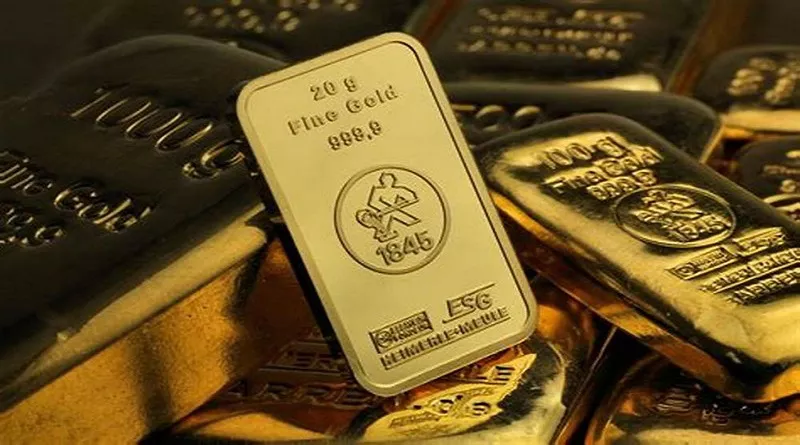Gold (XAU/USD) maintained a tight trading range around $2,320-$2,330 on Tuesday, just below its 50-day Simple Moving Average (SMA), as reported . Futures traders engaged in “short-covering” while longer-term investors sought bargains, suggesting an accumulation phase possibly preparing for a future rally. Global geopolitical tensions, unresolved conflicts in the Middle East and Ukraine, and shifting political landscapes in Europe and the United States contribute to Gold’s allure as a safe-haven asset amidst a turbulent global trade environment.
The Federal Reserve’s cautious stance on interest rate cuts has restrained Gold’s movement. The central bank’s hesitancy stems from concerns over inflation, despite the US Personal Consumption Expenditures (PCE) Price Index nearing its 2.0% target. Richmond Fed President Thomas Barkin highlighted ongoing “lags” in monetary policy adjustments, emphasizing the potential for further inflationary pressures from service and shelter sectors. San Francisco Fed President Mary Daly echoed cautious optimism, noting the effectiveness of current policies but refraining from predicting the timing of rate cuts.
Market sentiment remains divided as traders anticipate insights from Fed Chairman Jerome Powell and upcoming US economic data releases, particularly the Nonfarm Payrolls report. The recent US ISM Manufacturing Purchasing Managers Index (PMI) data, below expectations, and rising US Treasury yields, influenced by political speculations surrounding the next presidential election, have had limited impact on Gold. This resilience suggests that geopolitical uncertainties may be offsetting traditional economic indicators.
Looking ahead, market indicators from the CME FedWatch tool indicate a growing likelihood of a rate cut by September, reinforcing expectations despite Fed officials’ cautious statements. The stability of Gold amidst these dynamics underscores its role as a pivotal asset in navigating global economic uncertainties.


